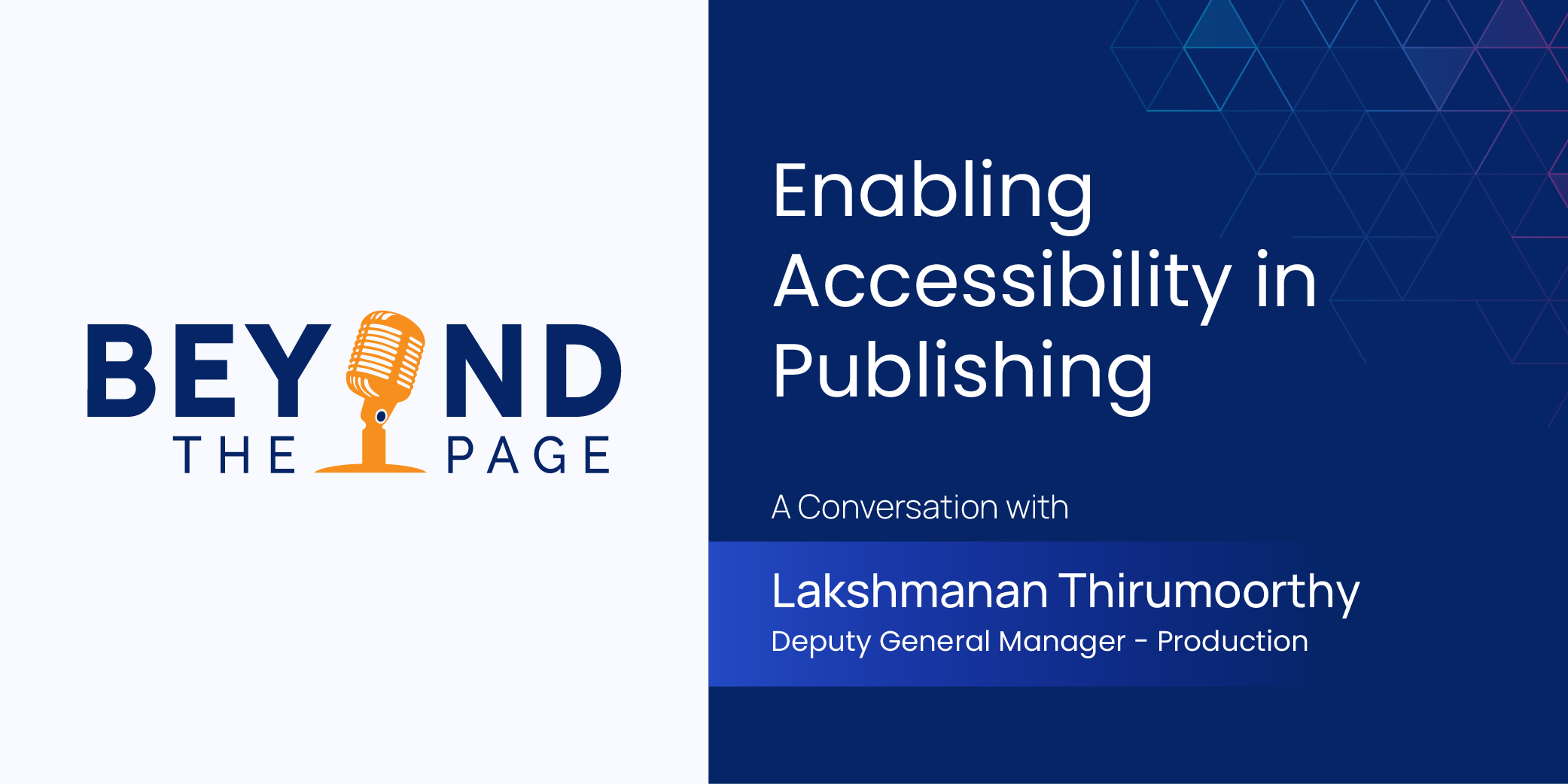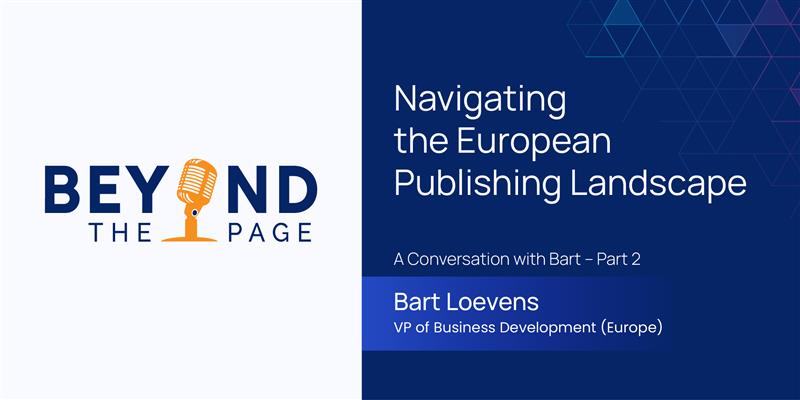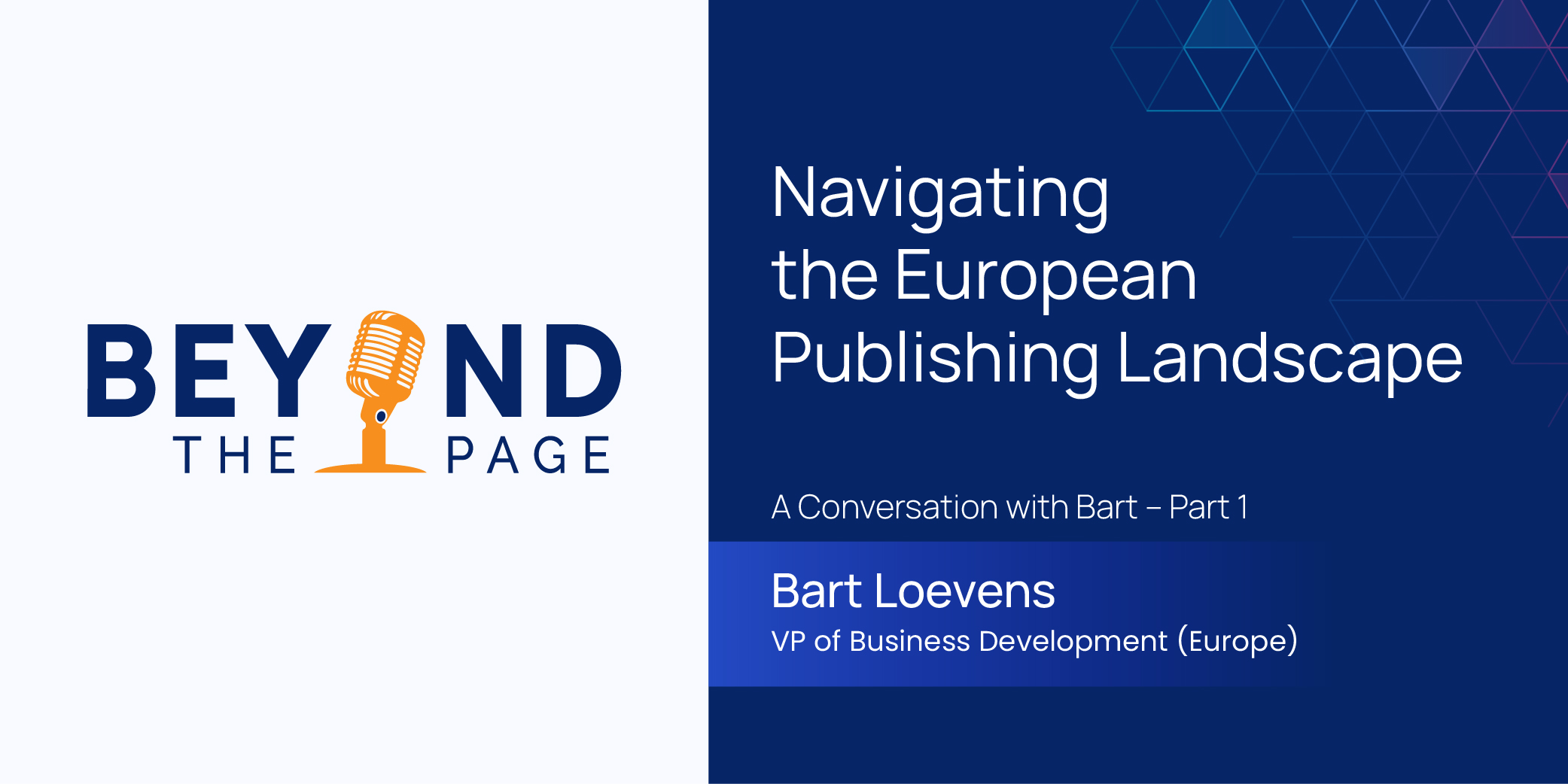Enhancing the Efficacy of Peer Review for Quality of Academic Publishing

Peer review assesses the soundness of a submitted manuscript rather than the broader impact of the research or the paper. The peer review process can be conducted by individual journals where authors submit their research, or the author can release pre-prints for their peers to review voluntarily. In the interconnected digital publishing space, academic social networks are facilitating collaborative research, review, and dissemination of knowledge. Further, subscription models and online academic communities are transforming how scholarly research is assessed and accessed.
Peer reviews serve two primary purposes:
1. For the journal and its editors: Peer review assesses the novelty and significance of the research. It also validates methodologies and analytical inferences and their connections with existing literature. Additionally, it evaluates the quality of writing and data presentation.
2. For authors: Peer review serves as a feedback machine for their professional growth and credibility.
Quantifying the Impact of Peer Review on Publication Quality
Peer reviewers often work with a subjective checklist with few or no quantitative measures to “score” the manuscript. This leaves room for personal bias and expertise to blur the objectivity of manual reviews. Gender, cultural, and institutional and geographical biases may creep in without the reviewer even realizing it. Such biases affect the diversity and inclusivity of authors published by a journal, which eventually affects the quality and limits research specialization to being myopic and inflexible.
Currently, cumulative citation metrics are used to evaluate scientific productivity. Further, there are no direct metrics to rate the quality of the review or the proficiency of a reviewer. However, indirect statistical insights, such as acceptance rates, revision recommendations, and rejection rates, are used to assess the review quality and capacity of a journal publisher or reviewer. There is a pressing need to analyze the correlation between rigorous peer review and citation counts or journal impact factor. Continuous analytical scrutiny can deliver better insights into and help refine the process.
Innovation in Peer Review
Peer review innovations are taking place in somewhat opposing directions. Several initiatives aim to make it more efficient and cost-effective while others intend to increase the rigor and eliminate bias, which may incur additional costs. Technological advances to ensure “good scientific practice” require a pluralistic understanding of scientific quality while ensuring transparency in the process.
The best approach is to leverage AI and analytical technologies to streamline the process and make assessing data and defining quantitative metrics simpler. This can help optimize the process and redirect innovation toward making it more equitable, accessible and transparent.
The Evolution of Peer Review in the Next Decade
With the pressing need to improve the peer review process, innovations to make it more transparent and objective will continue while the role of reviewers will transform as AI models learn and take over even larger chunks of the work. However, humans will remain indispensable in making the final decisions, based on their domain expertise.
Going further, technological advances and interconnectivity among digital ecosystems may facilitate transferring review reports across journals to make content and topic-based publishing decisions collectively rather than simply rejecting a manuscript because it “does not fit” a singular journal’s agenda.
Additionally, ways to segregate procedural and substantive reviews can facilitate appropriate assignment of the manuscript to AI or manual reviewers. Finally, metrics to quantitatively and qualitatively evaluate peer review quality, impact on efficiency, and thoroughness, need to be developed.
Take the First Step into the Future of Publishing
The peer review process is becoming more streamlined and efficient with the help of technology tools. These tools make identifying and allocating a reviewer convenient, eliminate bias, and ensure transparency while expediting the process. AI-assisted standardized processes instill uniformity and coherence across the publication to streamline and standardize the process.
While researchers, editors, and reviewers need to collectively ensure that peer reviews remain robust and adaptive, the publication must provide adequate tools to them to do so. For this, the publication must adopt adequate technology to enhance the peer review process and embed it deeply with the manuscript language and other assessments. This will also help the publishing house remain competitive and relevant in the rapidly evolving digital publishing space.
News & Insights

Enabling Accessibility in Scholarly Publishing – A Conversation with Lakshmanan Thirumoorthy

Navigating the European Publishing Landscape – A Conversation with Bart – Part 2

